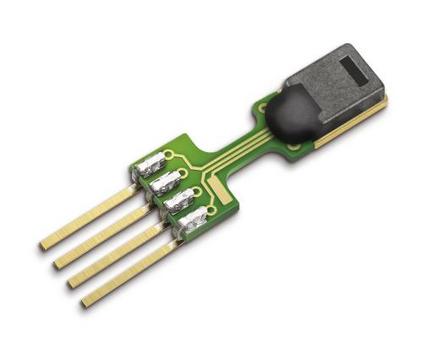We carry out a structural and algorithmic study of a mobile sensor coverage optimization problem targeting 2D surfaces embedded in a 3D workspace. The investigated settings model multiple important applications including camera network deployment for surveillance, geological monitoring/survey of 3D terrains, and UVC-based surface disinfection for the prevention of the spread of disease agents (e.g., SARS-CoV-2). Under a unified general "sensor coverage" problem, three concrete formulations are examined, focusing on optimizing visibility, single-best coverage quality, and cumulative quality, respectively. After demonstrating the computational intractability of all these formulations, we describe approximation schemes and mathematical programming models for near-optimally solving them. The effectiveness of our methods is thoroughly evaluated under realistic and practical scenarios.
翻译:我们针对3D工作空间内嵌入的2D表面,对移动传感器覆盖率优化问题进行了结构和算法研究,调查的设置模拟了多个重要应用,包括监视摄像网络的部署、3D地形的地质监测/勘测、基于紫外线的地表消毒以防止病剂扩散(如SARS-COV-2),在统一的一般“传感器覆盖”问题下,分别对三个混凝土配方进行了研究,重点是优化可见度、单一最佳覆盖质量和累积质量。在展示所有这些配方的计算可耐性之后,我们描述了近似方案和数学编程模型,以近似最理想地解决这些问题。我们的方法的有效性在现实和实用的情景下得到了彻底评估。




